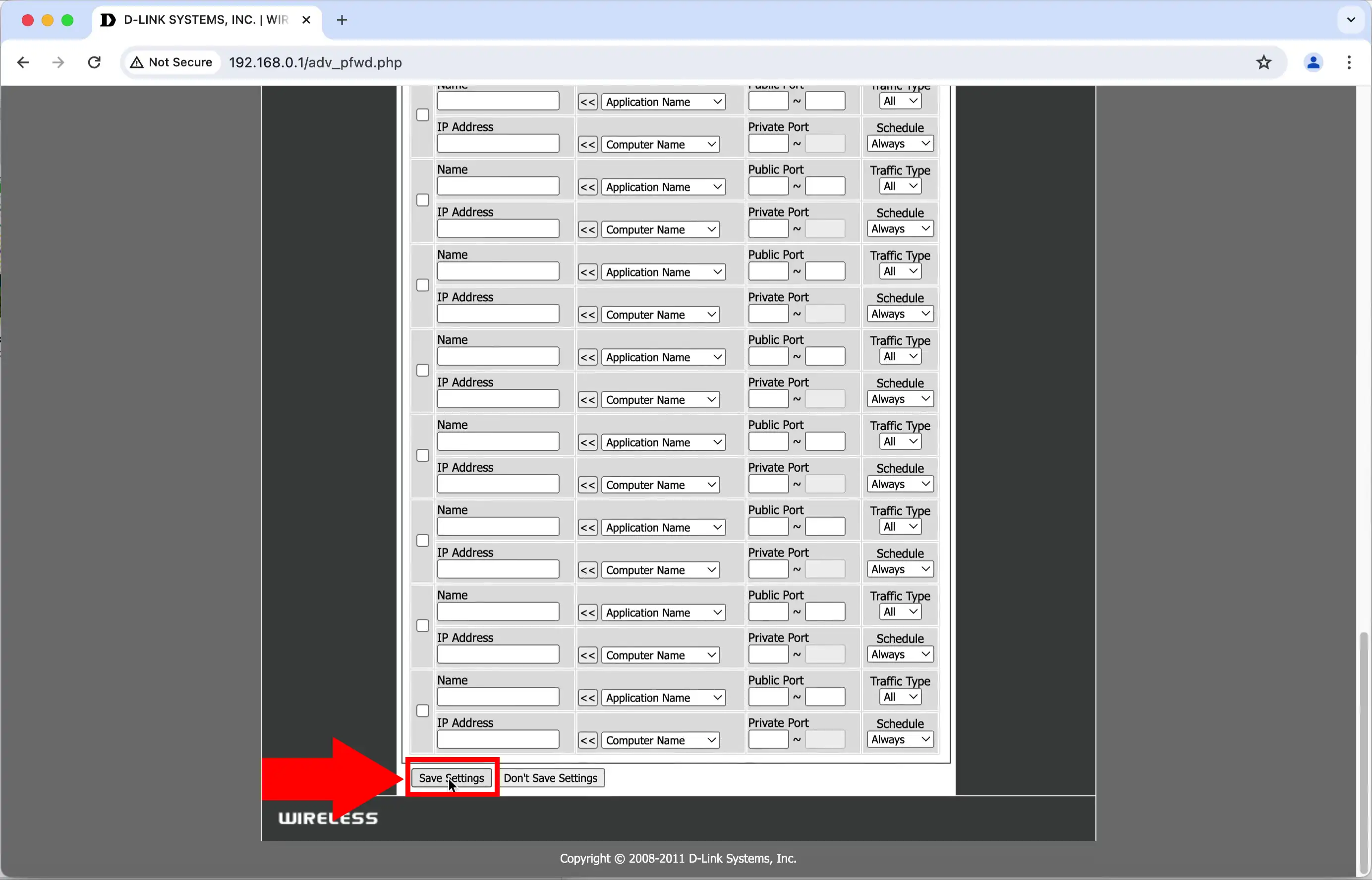How to setup port forwarding on a D-link router
On this page, we provide a useful guide on how to set up port forwarding on a D-Link router. Understanding how to configure port forwarding is essential for optimizing your network performance and ensuring seamless connectivity for applications that require specific ports to be open, such as gaming, remote access, or hosting servers. By learning this skill, you can improve the accessibility and functionality of your online services, enhance your gaming experience, and ensure that your devices communicate effectively within your network. Whether you are a novice or an experienced user, mastering port forwarding will empower you to take full control of your home network.
Setting up port forwarding on a D-link router (Video tutorial)
In this short, easy-to-follow video guide we are going to show you the most important steps you need to follow to set up portforwading on a D-link router. You will learn how to log into your router, open the port forwarding menu, and add a new forwarding rule by entering the port numbers and IP addresses you need. Finally, we will show you how to save your settings. By the end of this tutorial, you will be able to run a server, or access your home network from anywhere.
Setting up port forwarding on a D-link router (Step-by-step tutorial)
First, start by clicking on the ‘Advanced’ tab at the top of the page. You can find this tab shown by the red arrow in Figure 1. After you click on it, a new panel will appear on the left side of the screen. From this panel, select the ‘Port Forwarding’ option. This option allows you to open specific ports or a range of ports on your router, which helps redirect data to a single computer on your network.

To create a new port forwarding rule, go to the 'Port Forwarding' section where you will find a table with empty rows for each rule, just like in Figure 2. First, enter a descriptive name for the rule, the public port number you want to open on your router, the private port number on your computer that corresponds to the public port, your computer's IP address, and select 'All' for the 'Traffic Type' to allow all types of traffic.

After you finish adding the new port forwarding rule, scroll down to the bottom of the page. There, as shown in Figure 3, you will see a section titled 'Save Settings' in the left corner. Click on this title to save the changes you just made. This step is important to ensure that your new configurations are applied and will work correctly.

Summary
Knowing how to set up port forwarding on a D-Link router is essential for optimizing network performance and ensuring smooth connectivity for applications that require specific ports to be open, such as gaming, remote access, and hosting servers. This guide will help you learn this important skill, enabling you to enhance the accessibility and functionality of your online services and ensure effective communication between your devices. Whether you are a beginner or an experienced user, mastering port forwarding will empower you to take full control of your home network.

